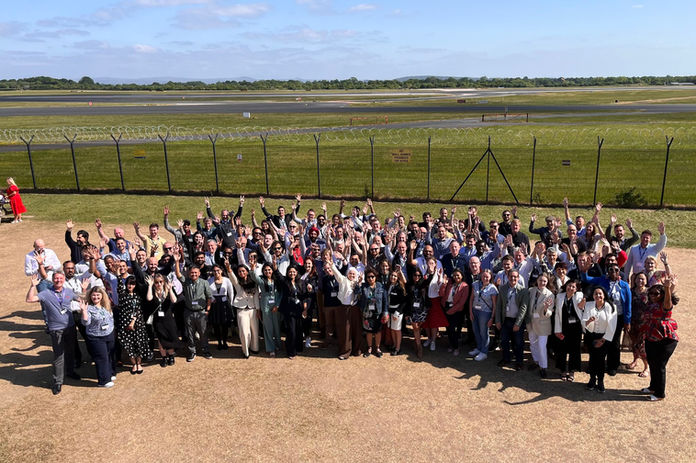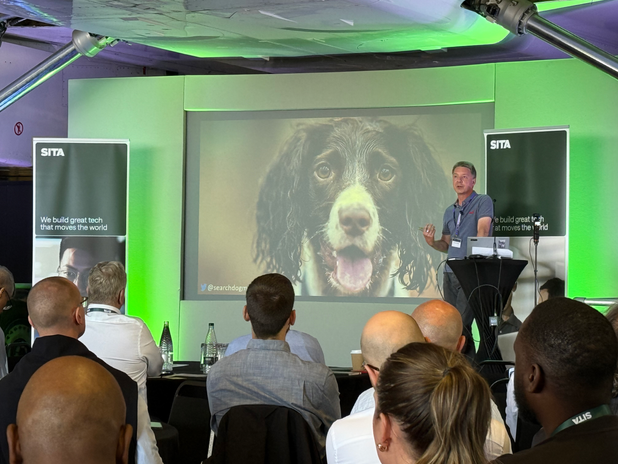Janhavi Gawhale

My journey of learning Agile and designing as part of the team, not apart from it.
I first came across Agile UX through blogs and guides.
On paper, it sounded simple short sprints, constant collaboration, quick feedback loops, and balancing user needs with dev priorities.
Agile is basically about breaking work into smaller chunks, delivering value faster, and improving through feedback.
But once I started working in it, I realized it doesn’t always play out that neatly. Some days it feels Agile, other days it feels more like waterfall with a lot of handovers and waiting. Reading about Agile and actually practicing it turned out to be two very different things.


Agile in theory is about flexibility, speed, and collaboration. In practice at SITA, it sometimes clicked that way, but other times it leaned more waterfall with long handovers and dependencies.
For me, the hardest part was fitting UX into Agile sizing and planning. Agile likes clear estimates, but design is a creative process that doesn’t always follow neat boxes.
Story sizing for UX often felt like a guess, because you never really know how long it’ll take until you explore, test, and refine.
Another tension was working ahead of dev. Agile says design and development should move together, but in reality I often had to design a sprint or two earlier. That created dependencies, and sometimes meant rework when technical decisions shifted.
It wasn’t ideal, but it showed me why Agile’s principle of iteration is so important, designs have to flex as the product evolves.
Even with these struggles, the Agile mindset helped. Breaking work into smaller pieces, sharing progress often, and syncing closely with devs made the process smoother, even if it wasn’t “perfect Agile.”


One clear example was when I worked on improving the login screens across multiple products. Dev teams needed designs ready before they could commit stories into their sprint. That meant I had to plan wireframes, test flows, and gather feedback well in advance. But once dev started, changes in APIs or backend logic meant parts of my design had to be adjusted quickly. At times it felt waterfall long prep work, then a handover.
But Agile mindset kept things lighter: we iterated on feedback, did smaller refinements, and treated changes as part of the process rather than blockers.

I also had the chance to attend an Agile conference in Manchester, which was a great way to step outside day-to-day project work. Listening to real stories from other teams reminded me that almost everyone struggles with the same things: estimating creative work, handling dependencies, and staying true to user needs when timelines get tight.
It was reassuring and inspiring to see that Agile isn’t about being perfect, it’s about finding ways to improve together.









